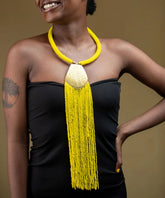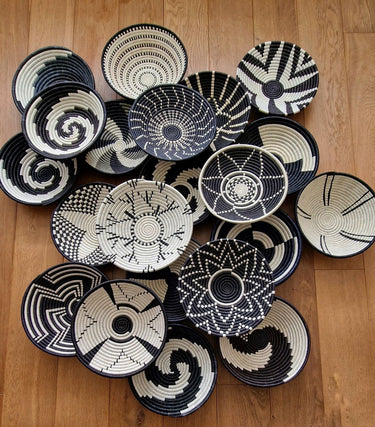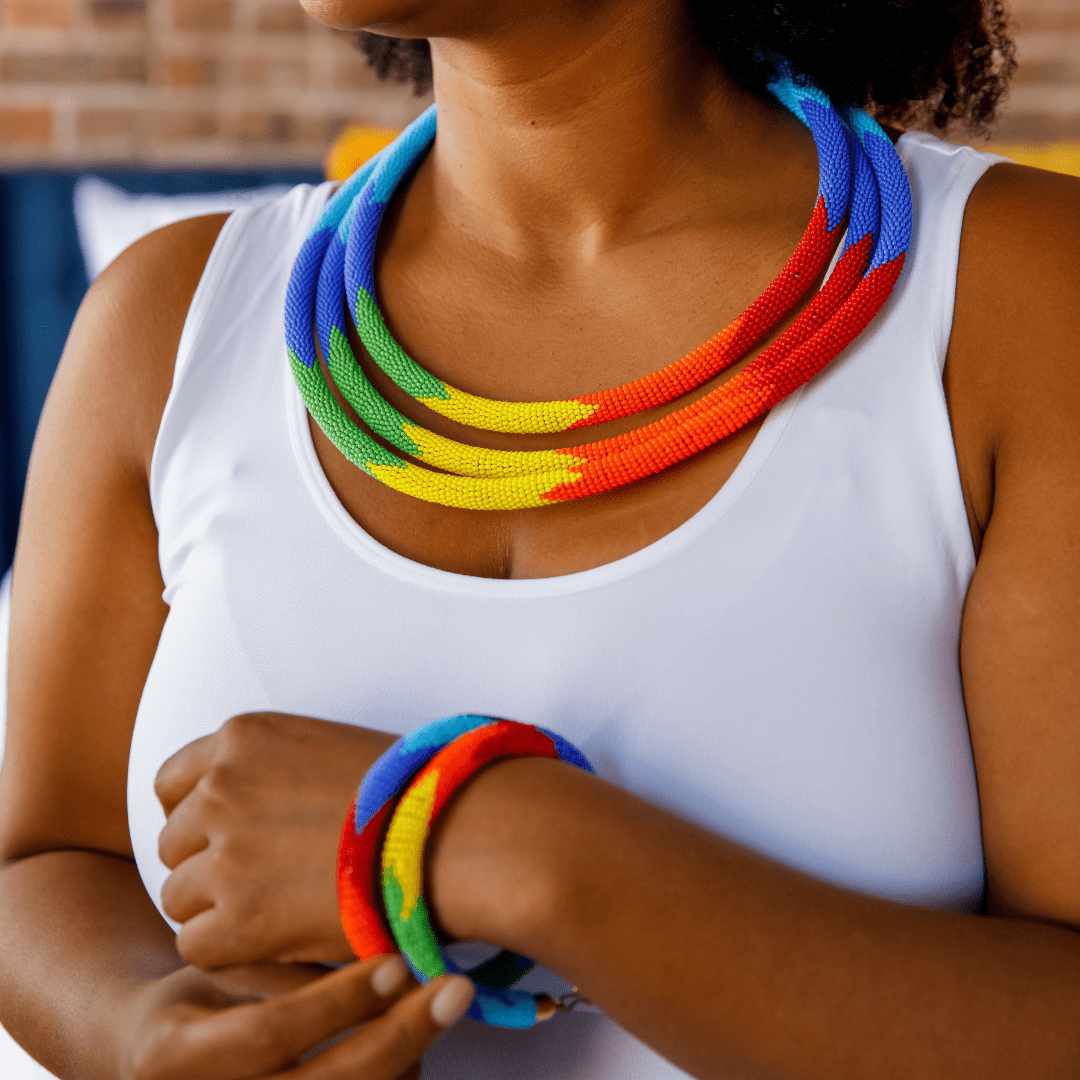Sustainable African Textiles: How to Sell Ugandan Bark Cloth & Ethiopian Shemma
Discover how Ugandan bark cloth and Ethiopian shemma textiles can elevate your sustainable retail brand. Learn sourcing, marketing, and styling tips.
As the world shifts toward slow fashion and eco-conscious materials, two African textiles are capturing global attention:
-
Ugandan bark cloth – A 600-year-old fabric made from tree bark
-
Ethiopian shemma – Handwoven cotton used in traditional Habesha kemis dresses
These textiles aren’t just sustainable—they’re carbon-negative, biodegradable, and culturally rich. For retailers, they offer a unique selling proposition in a crowded market.
This guide covers:
✅ How these textiles are made (and why they’re so eco-friendly)
✅ Where to source them ethically
✅ How to market them to conscious consumers
✅ Modern retail applications (fashion, home decor & more)
1. Ugandan Bark Cloth: The “Leather” of the Future
What It Is
-
Made from the inner bark of Mutuba trees (Ficus natalensis)
-
Harvested sustainably—trees regrow bark in 1-2 years
-
UNESCO-listed as Intangible Cultural Heritage since 2008
Why Retailers Love It
-
Vegan alternative to leather (softens with use)
-
Naturally waterproof & breathable
-
Biodegradable (unlike synthetic “vegan leather”)
Modern Retail Uses
| Product Category | Examples | Target Market |
|---|---|---|
| Fashion | Tote bags, jackets, sandals | Eco-luxury shoppers |
| Home Decor | Wall hangings, lampshades | Bohemian interiors |
| Accessories | Journals, phone cases |
Minimalist designers |
2. Ethiopian Shemma: Handwoven Cotton With Heritage
What It Is
-
100% handspun cotton, dyed with natural pigments
-
Woven on traditional pit looms (zero electricity)
-
Recognizable by its striped or checkered patterns
Why It’s Trending
-
Carbon-negative production (no machines, no chemicals)
-
Supports women weavers (90% of artisans are female)
-
Durable yet lightweight (perfect for layered looks)
Retail Opportunities
| Product Category | Examples | Selling Point |
|---|---|---|
| Apparel | Scarves, shawls, dresses | "Each piece takes 3 weeks to handweave" |
| Tabletop | Napkins, table runners | "Dyes made from Ethiopian indigo & turmeric" |
| Baby Items | Swaddles, quilts | "Hypoallergenic & breathable" |
3. How to Market These Textiles for Maximum Impact
Storytelling That Sells
-
"This bag is made from bark cloth—a fabric so old, it predates colonialism."
-
"Shemma scarves support generational weavers in Addis Ababa."
Your Action Plan
-
Order samples from recommended suppliers.
-
Start small with bestsellers (totes, scarves).
-
Train staff on cultural significance (boosts in-store sales).
Ready to weave sustainability into your inventory? These textiles don’t just tell a story—they are the story. 🌿




